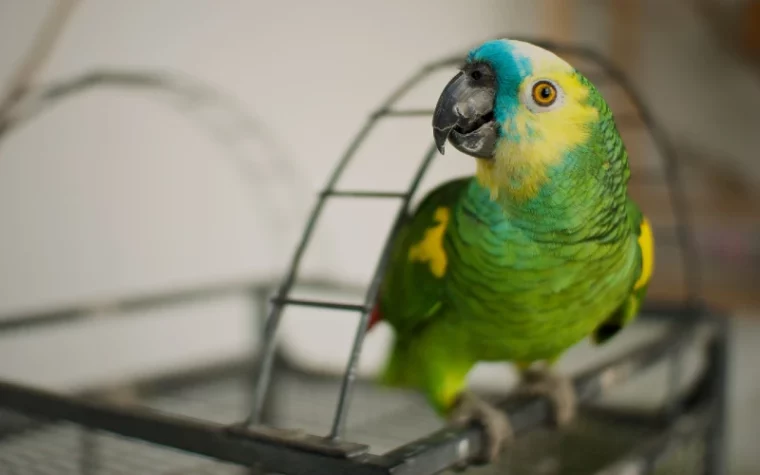
You can learn a lot from a bird’s beak. Many birds use their beaks as an extra appendage, and damage to the beak can severely impair their daily life. Abnormalities or changes to a bird’s beak can also indicate underlying health concerns.
Learning to identify a healthy beak and an unhealthy beak can help you find the appropriate treatment to bring your bird back to a healthy state. Here are some common beak issues that many types of birds can experience in their lifetime.
The 8 Common Beak Problems in Birds
1. Overgrown Beak
A bird’s beak can become overgrown for several reasons. Wild birds have many opportunities to wear down their beaks naturally as they hunt and build nests. Since a bird’s beak never stops growing, it can become overgrown if it’s underused.
Overgrown beaks can also be caused by infections, nutritional deficiencies, and trauma. Because there are so many causes for overgrown beaks, it’s helpful to consult your veterinarian to diagnose the underlying issue and find the correct course of treatment.

2. Scissor Beak
A scissor beak can also be called crossed beak, crooked beak, or lateral beak deviation. This beak deformity occurs when a bird’s upper beak is bent to one side. The growth can worsen if left untreated, and it often causes the lower beak to overgrow.
Scissor beak may be corrected successfully for young birds. Applying pressure to the bird’s beak in the correct direction may help realign it to the proper position.
A scissor beak affects a bird’s ability to eat, so birds with moderate to severe cases of scissor beak often need assistance and may need to be fed with a syringe.

3. Scaly Beaks
Birds can have flaky or scaly beaks for several reasons. Healthy beaks can be flaky if they’re molting a layer of keratin. Sometimes, scaling can occur because of a poor diet and nutritional deficiencies.
Another cause of scaly beaks is a parasitic infection called scaly face mites. Tiny mites known as Knemidocoptes pillae can burrow near a bird’s beak and ceres, though they may occasionally be found on their feet too. They feed off of the keratin in a bird’s beak. They can cause the beak to become scaly and have a thick, flaky crust.
Budgerigars, canaries, and finches are more susceptible to scaly face mites. Fortunately, birds can take medication to fight off and recover from the infection.
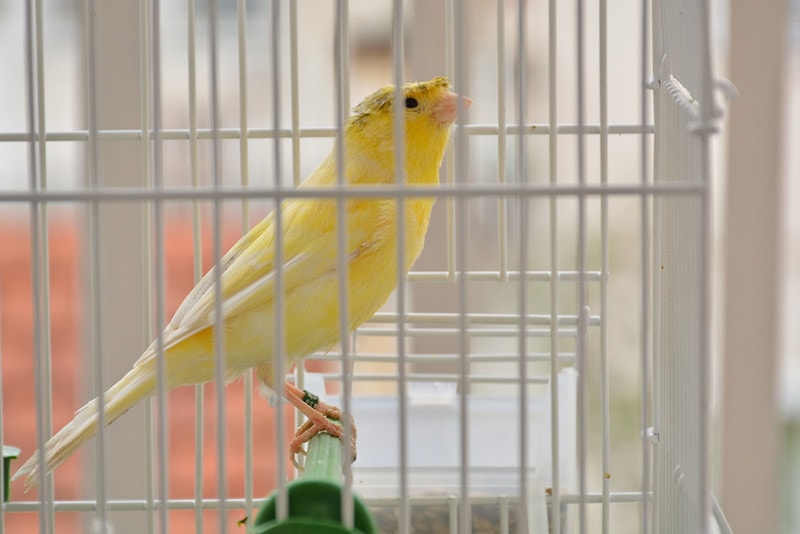
4. Trauma
While a bird’s beak can be powerful, it can experience both minor wear and tear and severe cracks from trauma. Small cracks often heal themselves because a bird’s beak never stops producing keratin. So, to some extent, the beak can regrow and repair itself.
Since beaks contain a network of blood vessels, significant injuries can lead to bleeding. In extreme cases, the bone can be damaged, which will require surgical repair.
The prognosis depends on the severity of the trauma. Severe cases may require birds to have assistance with feeding for the rest of their lives. Birds that are missing both their upper and lower beaks may need to be humanely euthanized or learn to live with beak prosthetics.

5. Infections
Beaks are susceptible to bacterial, fungal, and viral infections. Signs of infections include discolored and dark spots on the beak.
Psittacine beak and feather disease (PBFD) is one viral infection that affects the beak. Signs of PBFD include the following:
Unfortunately, PBFD is a fatal disease, so prevention is the best way to fight against it. Keeping birds in sanitary conditions can help prevent the disease. Stress can also weaken birds and increase the risk of catching Psittacine Beak and Feather Disease (PBFD), so it’s important to minimize their stress and create a peaceful environment for them as well as feed them a nutritious diet.
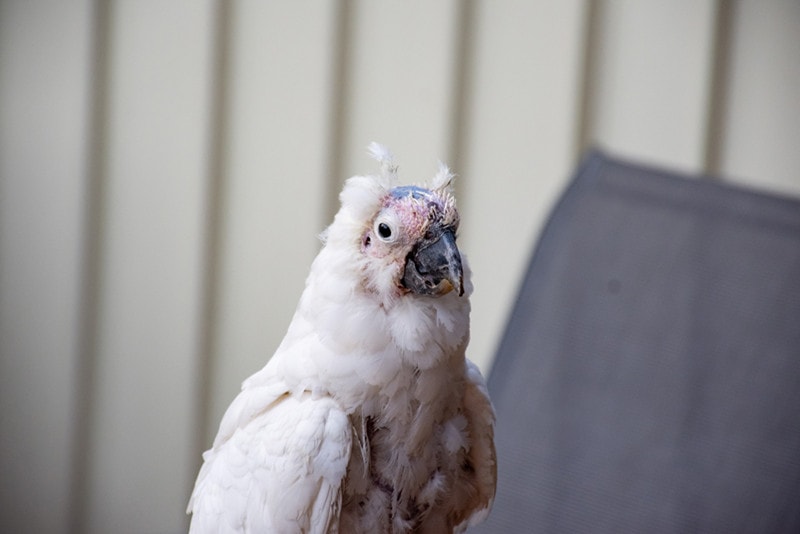
6. Discolored Beaks
Discolorations are often signs of nutrient deficiency. So, check to see if your bird is showing changes in appetite. Your bird’s droppings can also help determine if it’s not getting enough nutrients.
A bird’s beak color can return to its original color if the bird is introduced to a more nutritious diet. However, sometimes a bird’s beak color fades as they age. So, verifying with your veterinarian can help determine if the discoloration is due to a nutrient deficiency or normal aging.
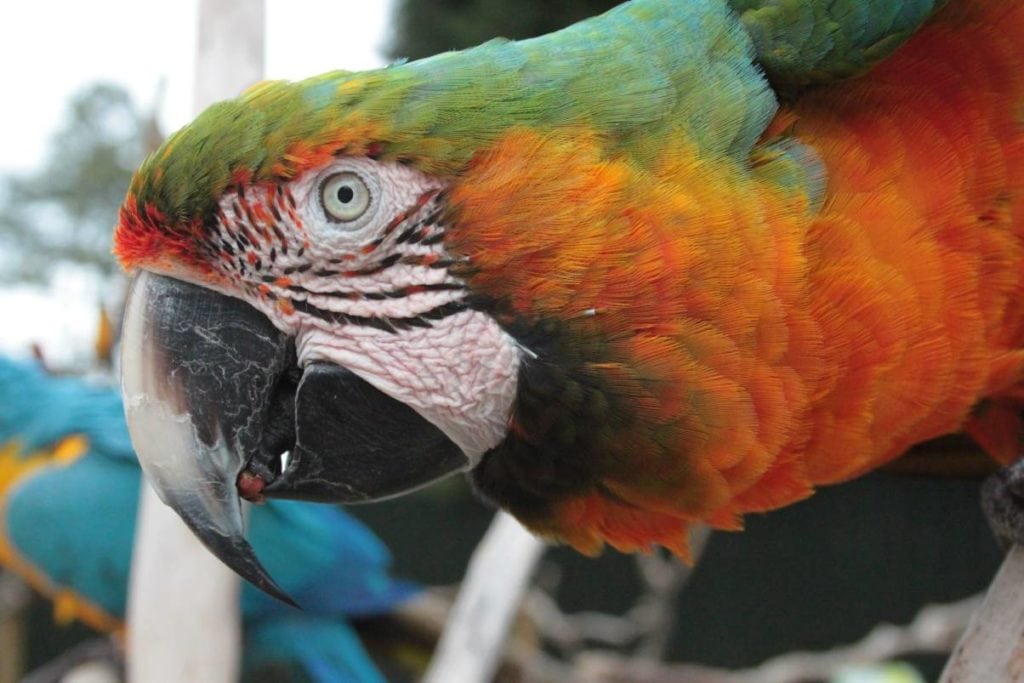
7. Softened Beaks
Some birds may develop soft or rubbery beaks. This is often due to a nutritional deficiency, particularly with calcium and vitamin D. If this condition is caught in the early stages, you can usually restore the beak back to health by introducing your bird to a more nutritious, high-quality diet.
Smaller birds are more susceptible to developing softer beaks, so be on the lookout for textural changes if you care for a species of a small bird.
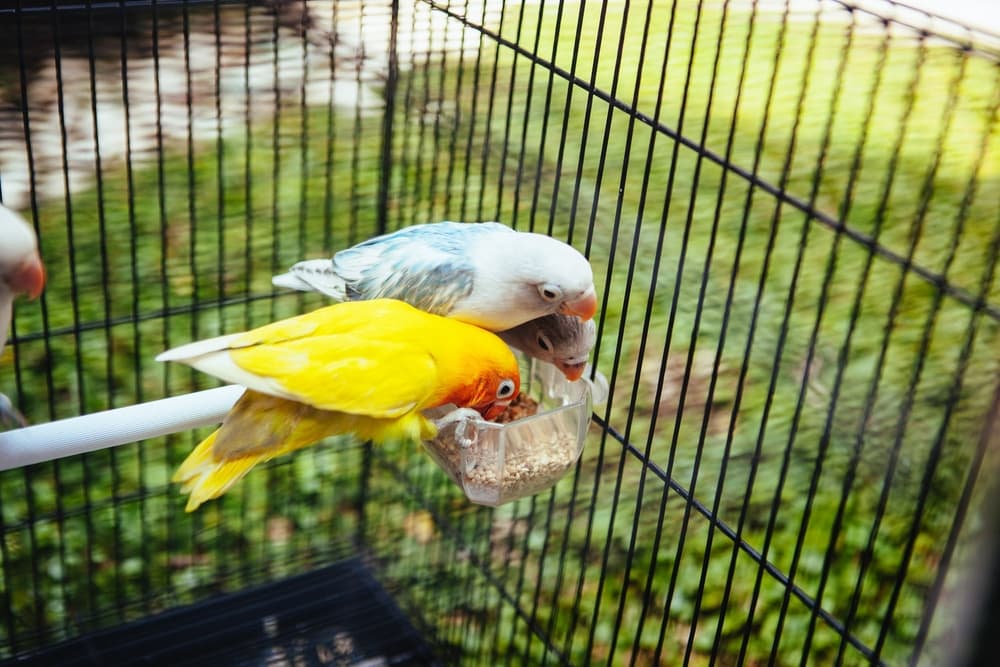
8. Prognathism
This is a beak condition where the upper beak rests either on or inside the lower beak. It often resembles the human equivalent of an underbite. It may either be genetic or the result of other factors (poor nutrition, trauma, or disease). Your avian vet can help trim your bird’s beak back to a normal shape, if possible. In some cases, only minor manipulation via pressure is needed to correct the deformity. In other cases, excessive remodeling of the beak might be necessary.

9. Cancer
Sometimes, malignant tumors can start to grow around a bird’s eyes and beak. Most of these tumors are skin cancers or squamous cell carcinomas. These cancerous cells can appear as discolored masses or an erosion near the beak. They appear closer to the face, so you’ll usually spot them near the base of the bird’s beak.
Squamous cell carcinoma can occur when a bird is overexposed to high levels of ultraviolet rays in sunlight. The prognosis for skin cancer depends on the stage it’s discovered. Birds can receive treatment for cancer and tumors if they’re diagnosed in time.

Signs of a Healthy Bird Beak
It’s equally important to understand what a healthy beak looks like. Knowing the signs of a healthy beak and what’s considered normal is extremely helpful because it can help you quickly identify if there’s something off about your bird. Doing a quick scan of your bird’s beak every day can help you monitor and track its health.
The first thing to look for is symmetry. A bird’s beak should look exactly the same from left to right. It should also be smooth without any textured bumps and grooves. The beak shouldn’t have any peeling, scaling, or dry flakes. However, this shouldn’t be mistaken for normal powder found on birds in the Cockatoo family.
Beaks should also be the appropriate length, so make sure to familiarize yourself with the average beak lengths of your bird’s species. Healthy beaks will also have upper and lower parts that align correctly.
Lastly, make sure to familiarize yourself with your bird’s beak color. Discoloration or faded colors can be indicators of other health issues.

 Conclusion
Conclusion
Understanding beak health and common issues can help you protect your bird’s overall health and seek treatment for underlying health issues right away. So, make sure to take some time to know what a healthy beak looks like for your bird’s species and do regular beak checkups to monitor your bird’s health. Simple actions like this take very little time but can significantly benefit your bird’s overall well-being and happiness.
Featured Image Credit: davidvives90, Pixabay








